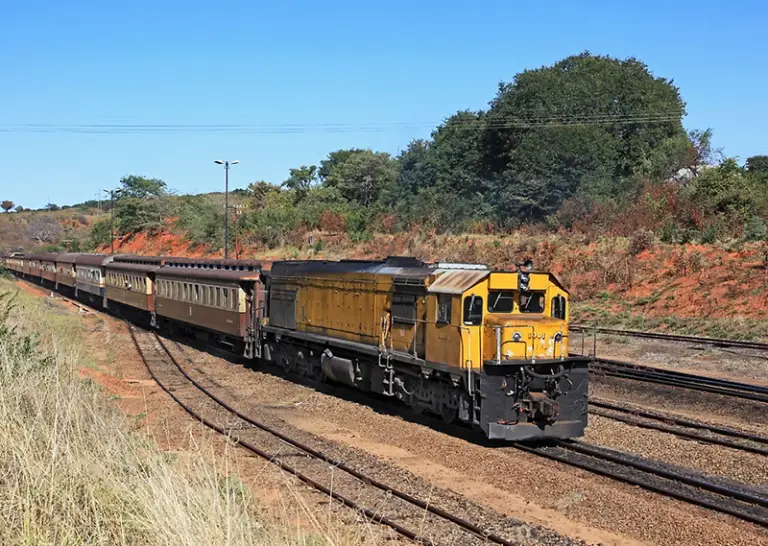A new Zimbabwe cargo railway system will be constructed by TSINGSHAN Holdings, which has previously invested US$2 billion locally and is now constructing a US$1 billion steel plant in Manhidze, close to Chivhu.
The National Railways of Zimbabwe (NRZ) old line will be renovated alongside the new line’s construction. The new Zimbabwe cargo railway system will transport cargo between the port of Beira and Tsingshan’s three subsidiaries in Hwange, Chegutu, and Chivhu.
Read also:Namibia: Kranzberg-Tsumeb railway upgrade project well on course
The Chinese-owned company hasn’t disclosed time-frames for its new project. The project is said to have the potential to relieve pressure on Zimbabwe’s poor cargo network.
The amount predicted to be invested into the new Zimbabwe cargo railway system
Despite the need for a feasibility study to ascertain the actual amount to be injected, project manager Wilfred Motsi said initial research suggested it may be in the billions.
According to Motsi, they recently signed a memorandum of understanding (MoU) with the Zimbabwean government. The MoU was signed to carry out the rehabilitation and construction of a 1,000 km long railway line system. The rail system is meant to offer a dedicated, reliable, uninterrupted, and efficient railway line to ferry their products for both local as well as export-import routes.
He claimed that their aim is to rehabilitate the railway line that links Mvuma to their steel plant. According to him, the railway is the most viable means of transportation for bulk commodities like carbon steel.
It is said that they are looking to construct a 50-kilometer railway line running from Mvuma to the site. Additionally, they are also considering constructing a dedicated railway line from Hwange to Beira.
He continued by saying that they are already in talks with the NRZ to determine the ideal model for a railway line. The capacity to handle more weight and goods will determine which one is dedicated.
The NRZ has struggled to maintain its fleet of locomotives and wagons due to poor administration and funding. It has also failed in its attempts to rehabilitate its network. The majority of the rail line was constructed before the country gained independence in 1980.
The country’s poor economy and unsuccessful efforts to find an investor in 2017, have also affected NRZ’s revival.
Tsingshan’s Manhidze project has been the largest single foreign investment since President Emmerson Mnangagwa took over power.

Leave a Reply